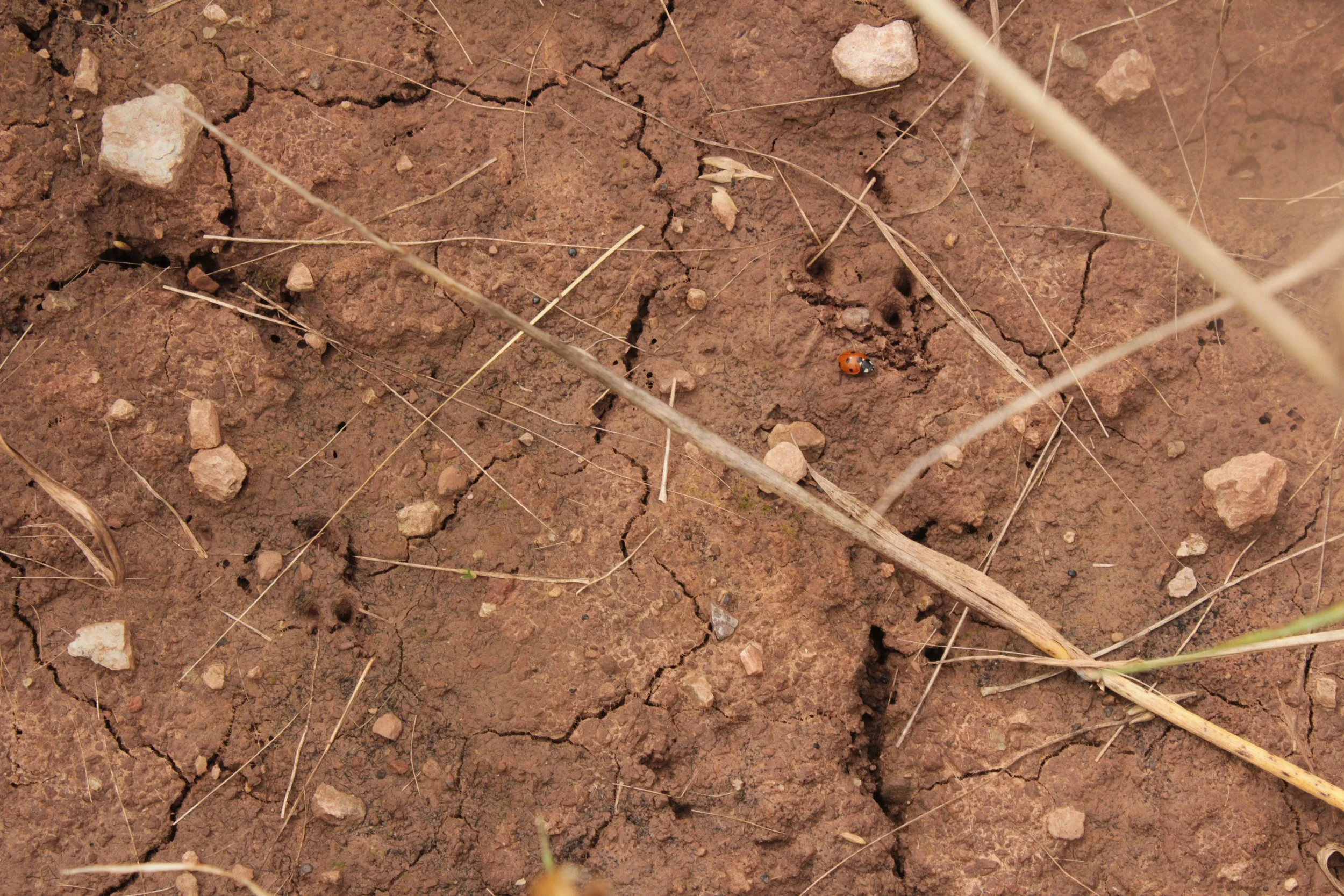Home / British mammals / Black rat
Black rat
Scientific name: Rattus rattus
Typically grey-brown above and pale grey underneath, but can be completely black or grey and white underneath. Skin and bristles on tail black. Introduced to the UK in Roman times, the black rat has not been recorded in many cities for decades.
Taxonomy chart
Animalia - Chordata - Mammalia - Rodentia - Muridae - Rattus - R. rattus
Conservation status: UK Red List
GB: N/A
England: N/A
Scotland: N/A
Wales: N/A
Global: Least Concern
Species information
Habitat: In UK mainly restricted to dockland warehouses, food processing plants, supermarkets, restaurants and other large buildings. Does not live out of doors in towns. Likes cavities in walls, wall paneling and false ceilings. On islands such as Lundy, and Shiants will occupy rocks and cliffs.
Description: Typically grey-brown above and pale grey underneath. But can be completely black, or grey and white underneath. Skin and bristles on tail uniformly dark grey to black.
Size: Head to tail up to 260mm.
Weight: 150- 280g.
Origin and distribution
Introduced to UK in Roman times. Not recorded in many cities for decades for example, it has not been seen in Manchester since 1978 and Liverpool & Glasgow since 1983. As it only lives in houses it is easier to eradicate.
Diet
Omnivore but mainly vegetarian mainly in favour of fruit and agricultural crops. On island of Lundy, less animal remains found in faeces than that of the common rat.
General ecology
Tend to nest in buildings. Density vary upon habitat type. Predators are domestic cats, common rat thought to kill individuals if in shared range as seen on Lundy island.
Breeding
Females sexual mature at 90 days. Average litter size 7 young. Number of embryos correlate to mother’s weight.
Conservation status
Pest control has led to the widespread eradication of the non- native black rat. According to the Mammal Society’s 2018 study, no population estimates have been calculated for this species, but it is known to live in a number of different habitats. It is believed that populations have been reduced to zero compared with 1995 data. The IUCN has not stated it is extinct in the UK as no exhaustive study has been performed.
Download resources
Identify sounds
Heard a curious animal sound but no idea whose making it?
Wildlife identification FAQ
Still not sure what you’ve found? Head over to our FAQ for an answer.




